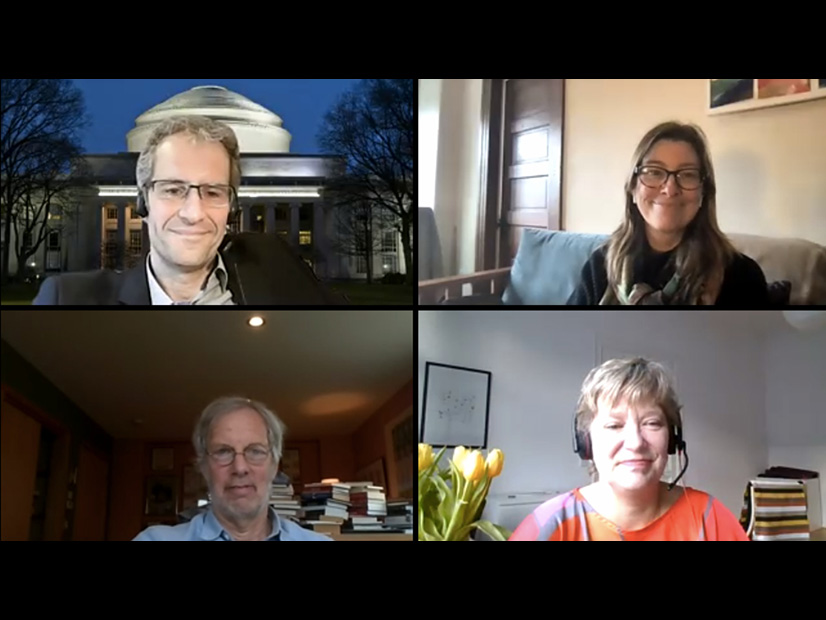Meeting the ambitious emissions goals announced by the Biden administration on Earth Day will require a wide range of market solutions, according to Samantha Gross, director of the Energy Security and Climate Initiative at The Brookings Institution.
Controversial energy sources and technologies, such as nuclear and carbon capture, cannot be discounted by decision-makers or the public, Gross said during a webinar on Thursday.
The virtual event, hosted by the University of Massachusetts Amherst, brought together three experts with varying perspectives on how the U.S. can transition from a carbon-based economy to one that is carbon neutral.
“Too much emphasis on the purity of solutions could prevent us from achieving our climate goals,” Gross said.
Some industries are harder to electrify than others, such as long-distance trucking, maritime shipping and aviation. Others release carbon not just from energy use but also as part of the chemistry in the production process, such as steel, cement, plastics and clothing, Gross said.
“Carbon capture is the most likely and least expensive way of dealing with it,” she said.
Potential for Nuclear Batteries
With a new national target that more than doubles the country’s prior commitment under the 2015 Paris climate agreement, the priority is to “not lose ground,” said Jacopo Buongiorno, professor of nuclear science and engineering at the Massachusetts Institute of Technology and director of the Center for Advanced Nuclear Energy Systems.
“Nuclear is already currently the backbone of our low-carbon energy infrastructure,” Buongiorno said.
And nuclear batteries are a potential game-changer, he said. The batteries are small nuclear reactors that can operate for five to 10 years and produce energy on demand without intermittency.
Refueling the batteries occurs offsite: A customer would send the nuclear battery back to a central facility, where the fuel would be replaced.
“The implication is that there is no need for onsite handling of radioactive material,” Buongiorno said.
Nuclear batteries eliminate the need for costly infrastructure and create more energy reliability with a more distributed network of energy sources, he said.
Proven Options
The most viable options for the transition away from fossil fuel, according to Robert Pollin, co-director of the Political Economy Research Institute at UMass Amherst, are renewable energy and energy efficiency initiatives.
“They are proven technologies,” he said. “We don’t have to rely on technological breakthroughs, although those would be helpful.”
Renewable energy is safe and cheap, he said. The cost per kWh of electricity with carbon capture technology is 7.3 cents, according to the U.S. Department of Energy. Advanced nuclear technology is 6.9 cents per kWh, while solar is 3.3 cents, offshore wind is 3.7 cents and geothermal is 3.6 cents.
“I’m not arguing that we don’t want to think about these others, nuclear and carbon capture, but it seems to me that our central focus needs to be on renewables and high efficiency: cheap, affordable, proven,” Pollin said.
Transitioning to a clean energy economy will create four to five million jobs per year, Pollin said, which “raises living standards for working people and the poor.”
“When you invest in renewable energy, you create jobs,” he said.



